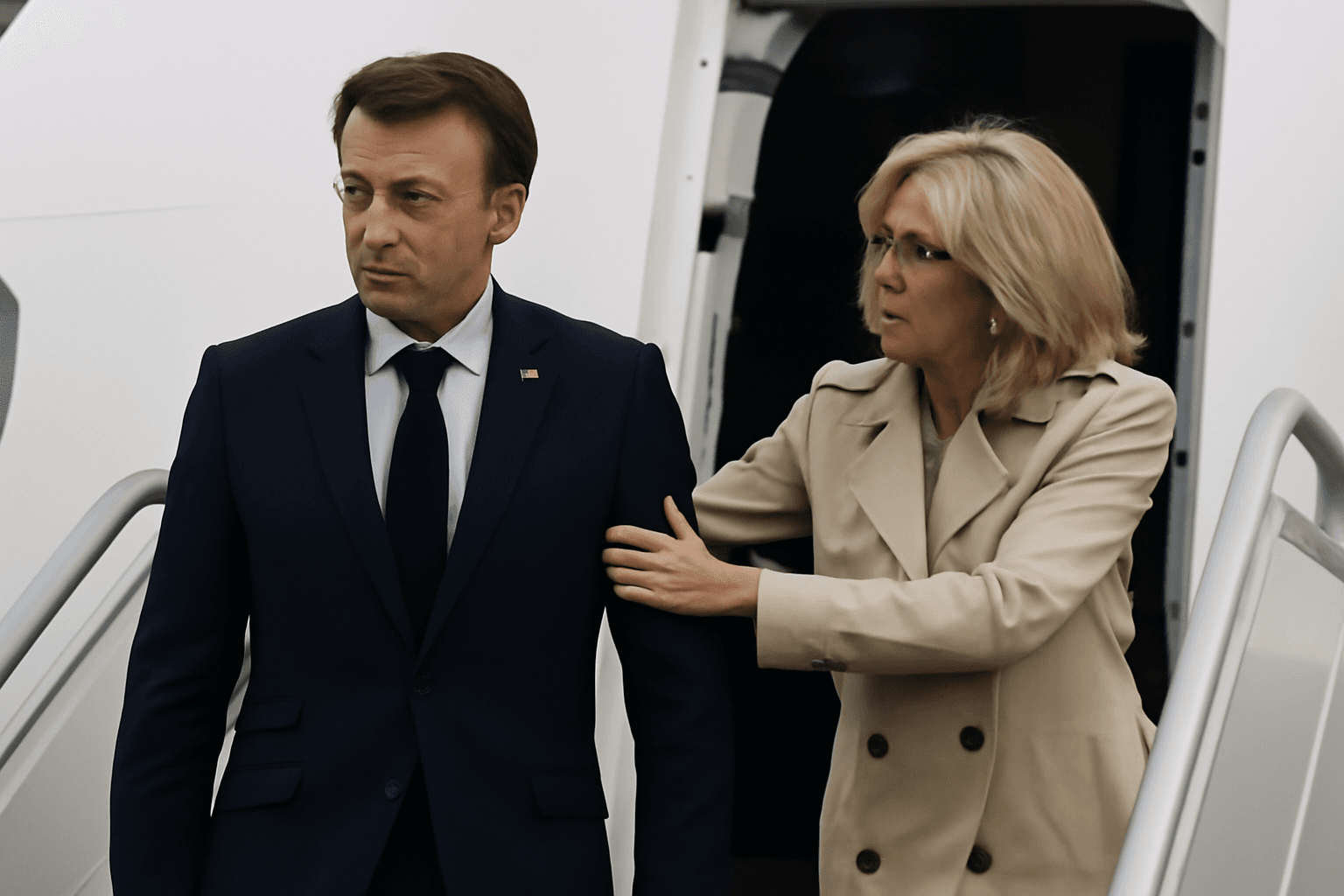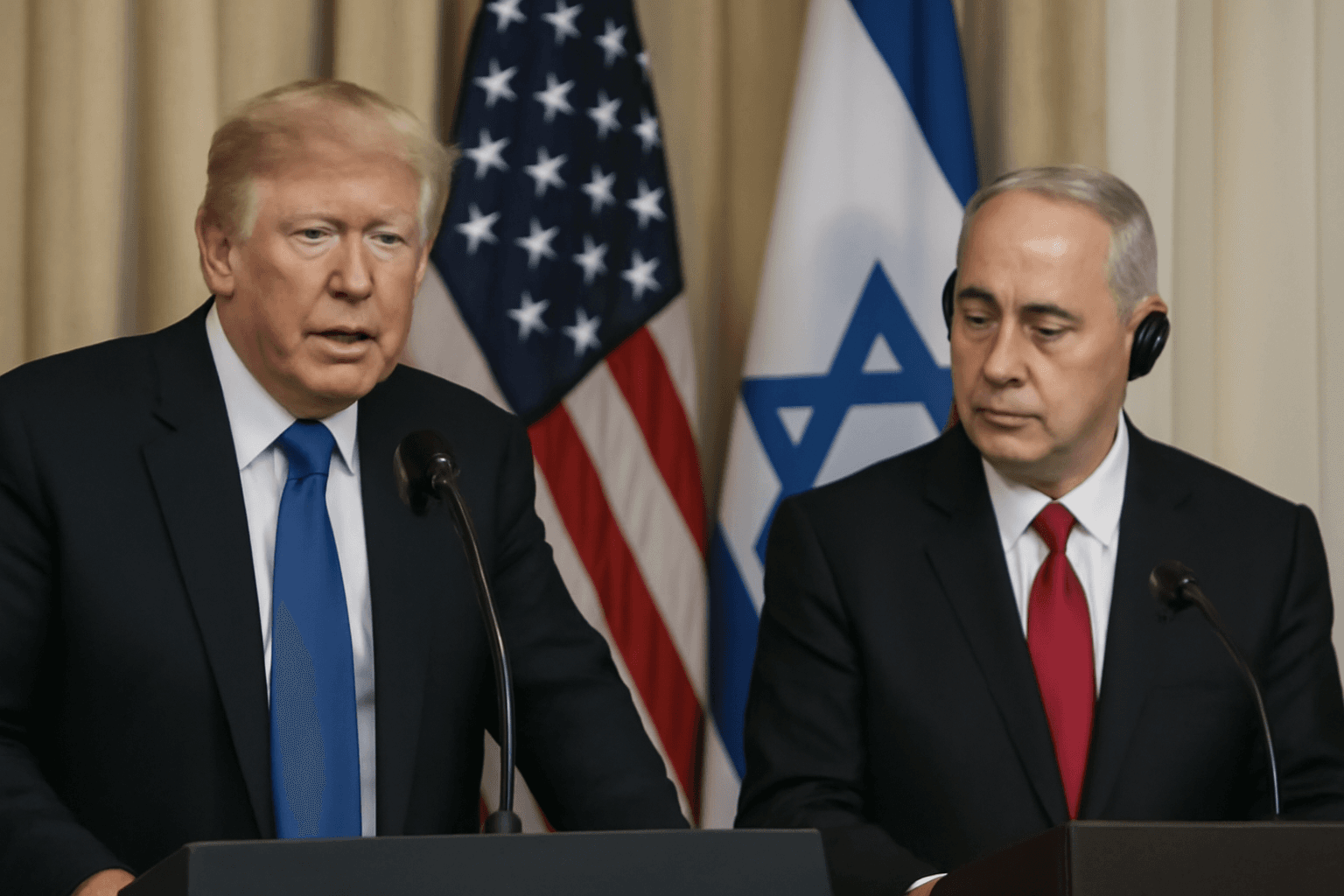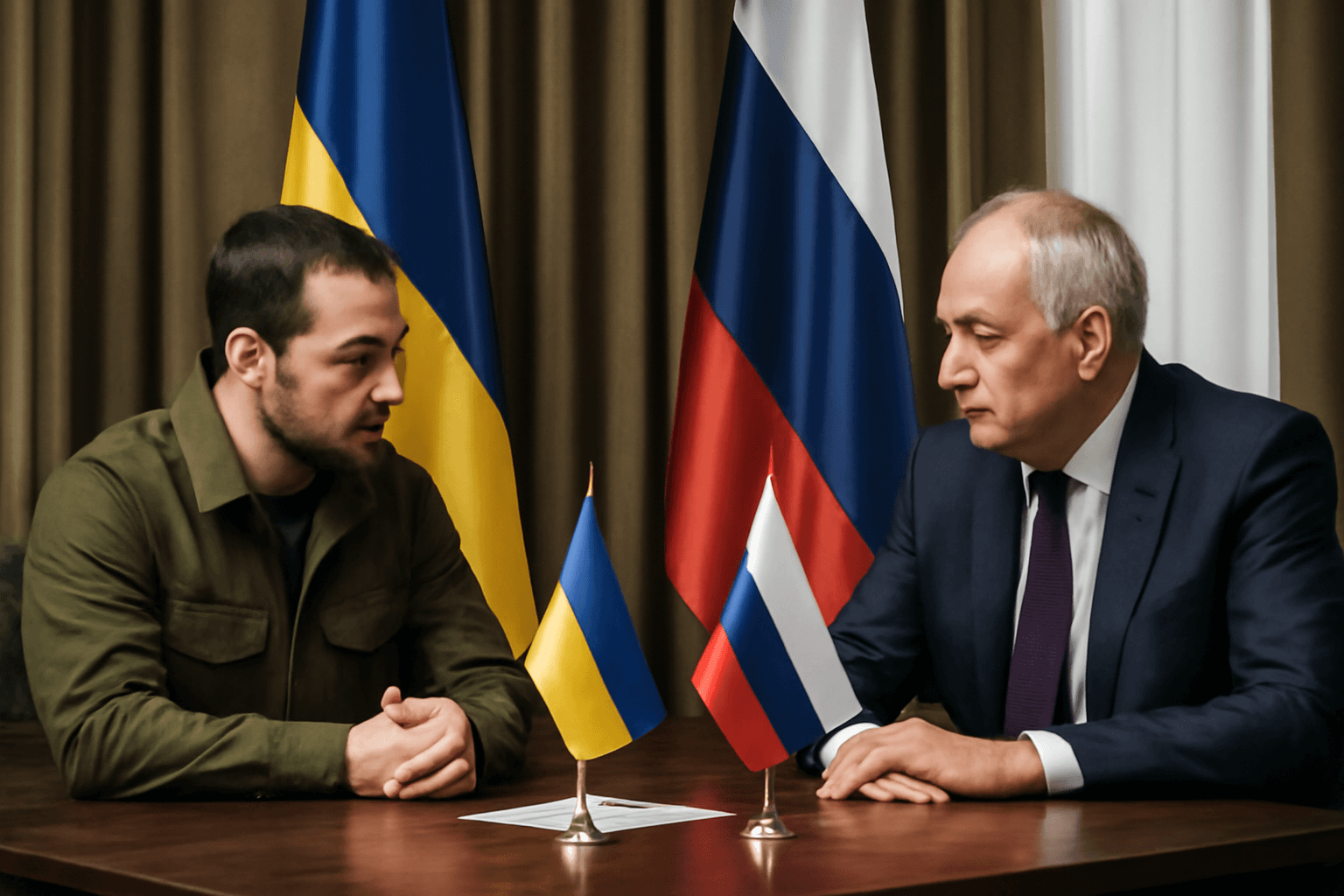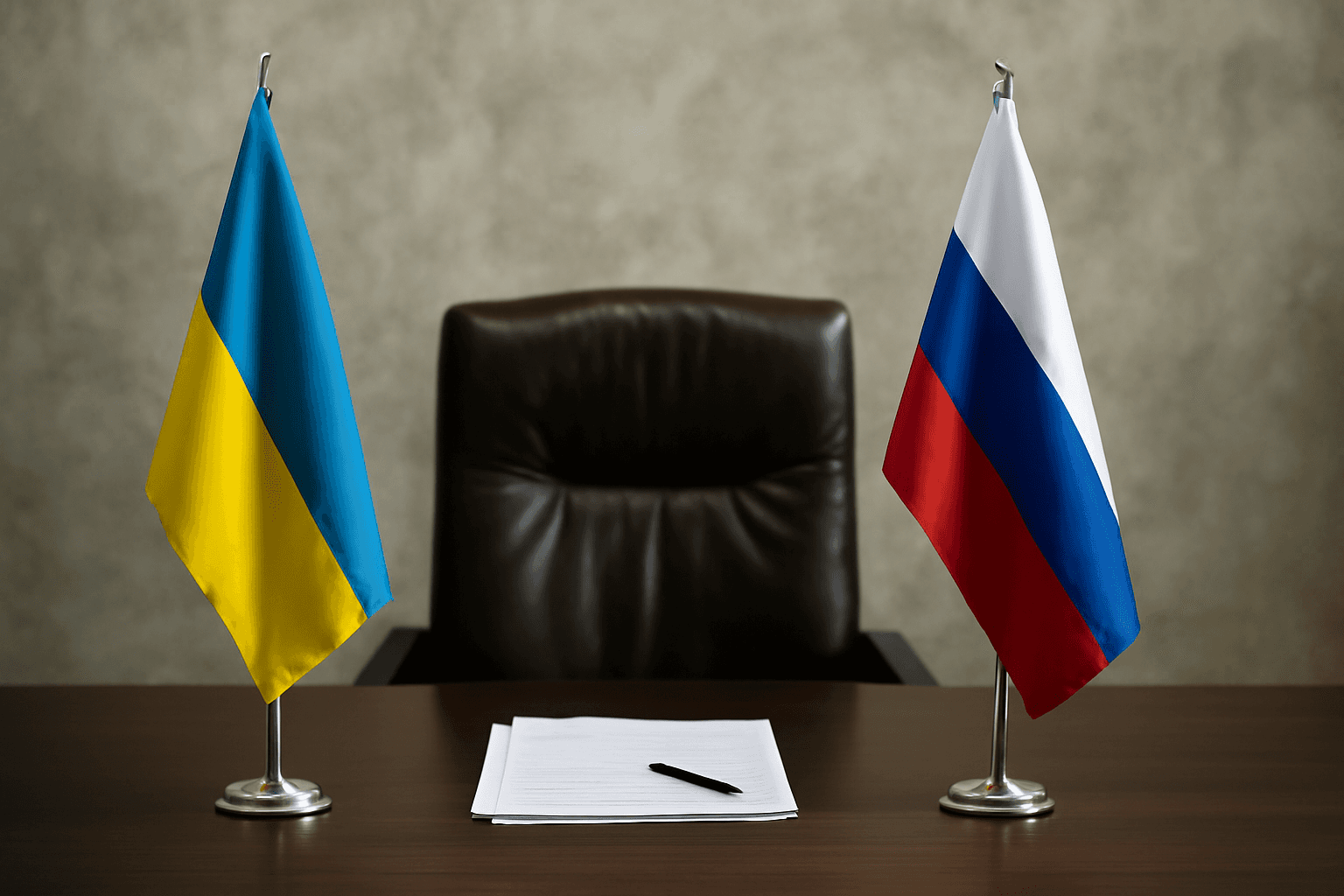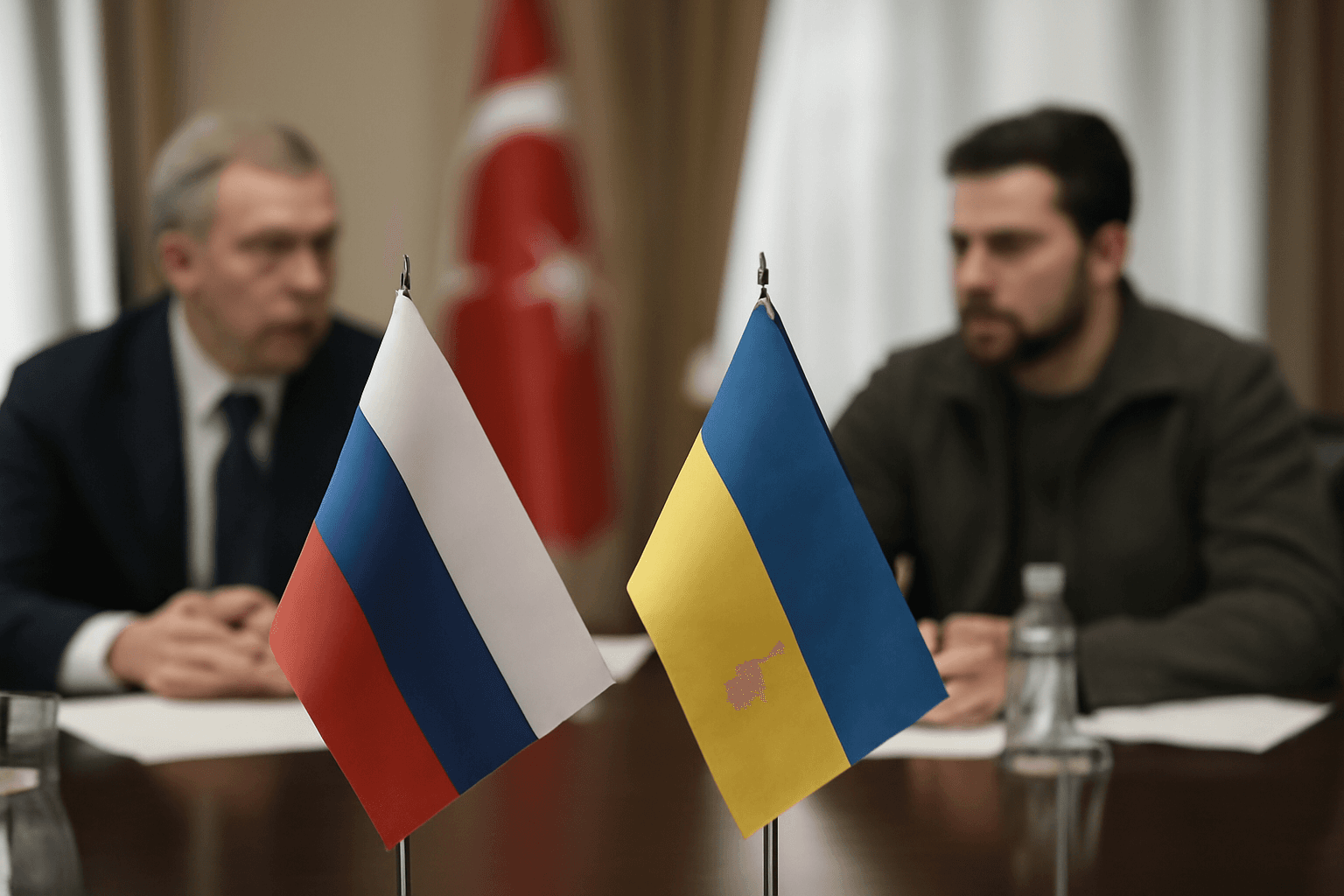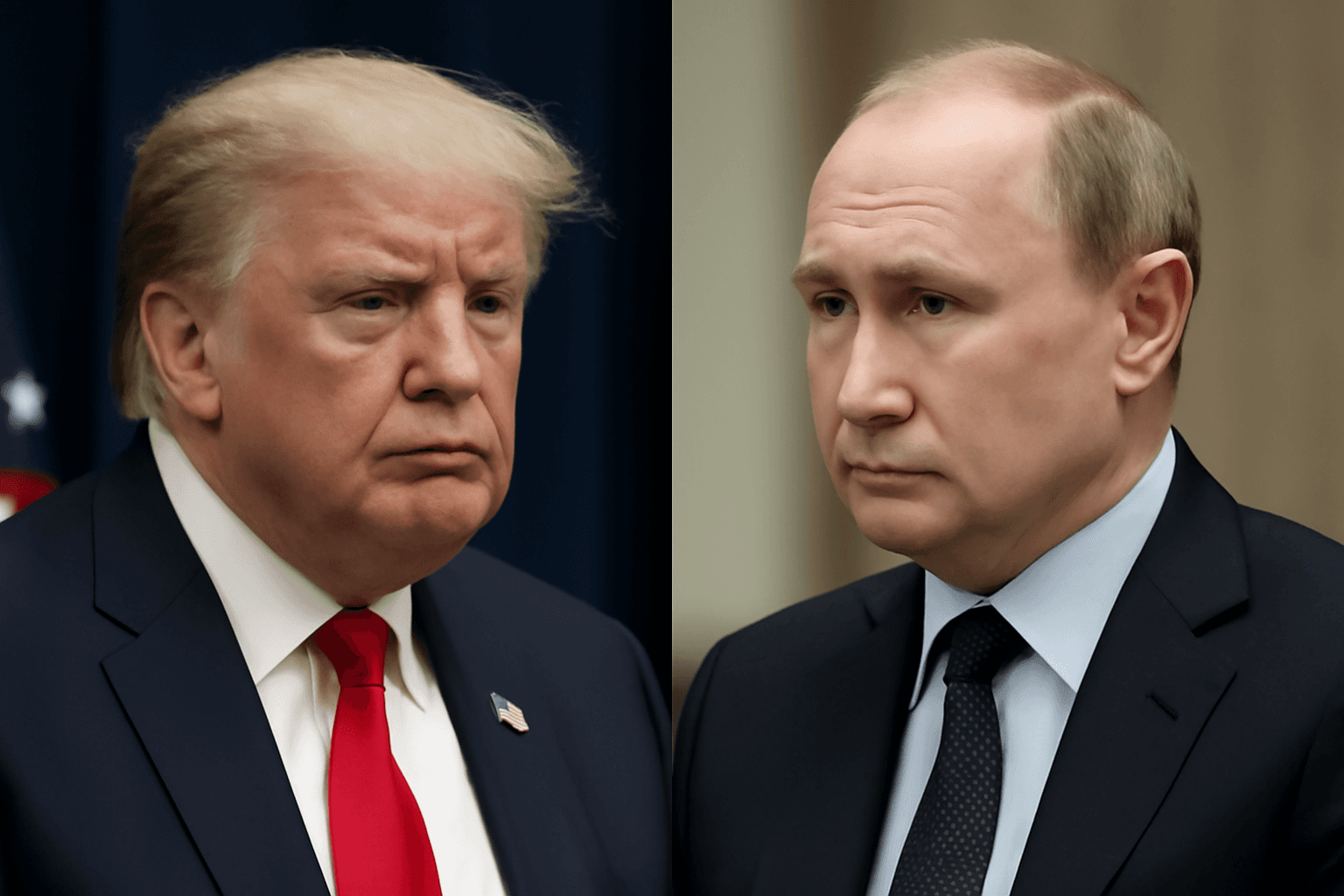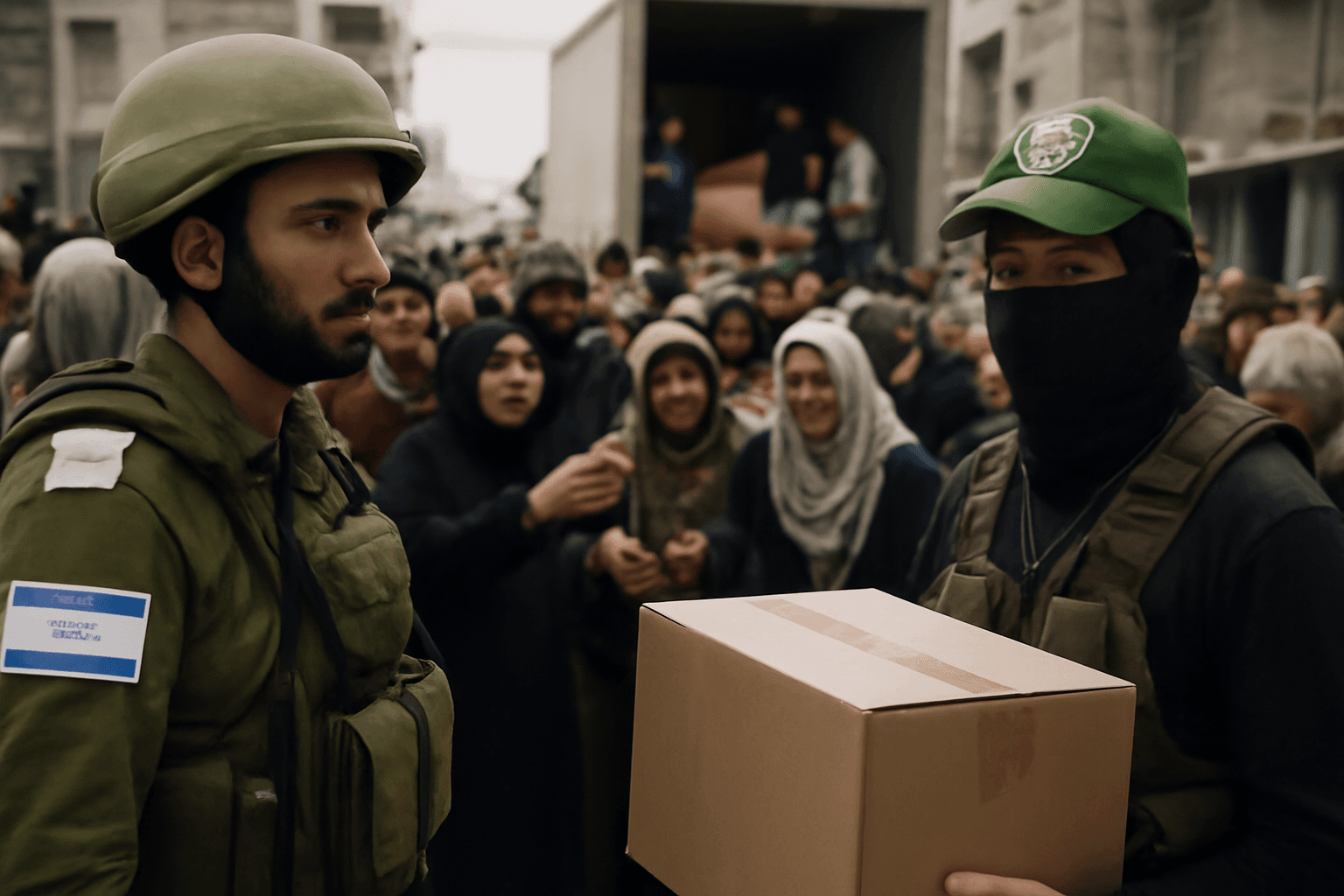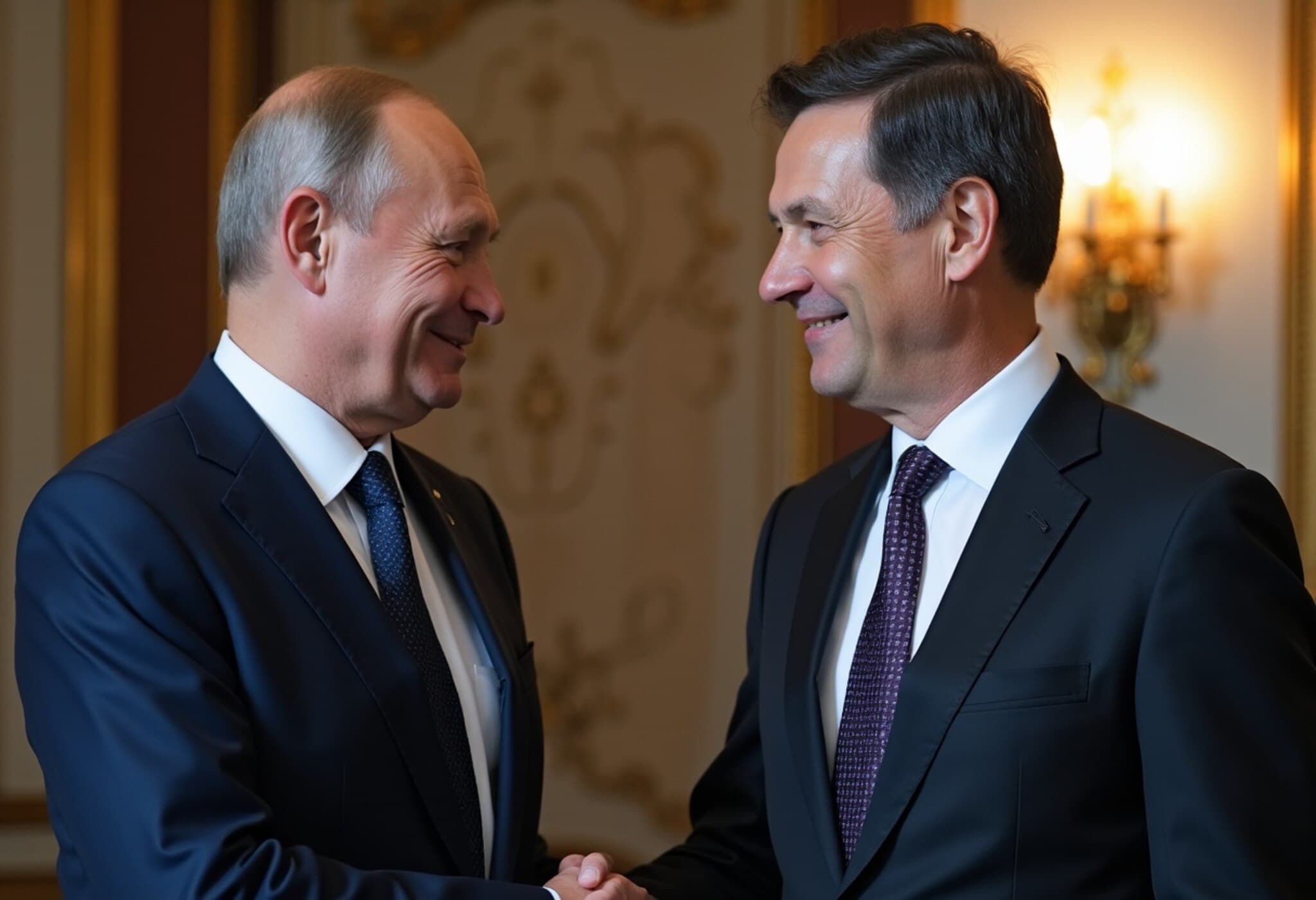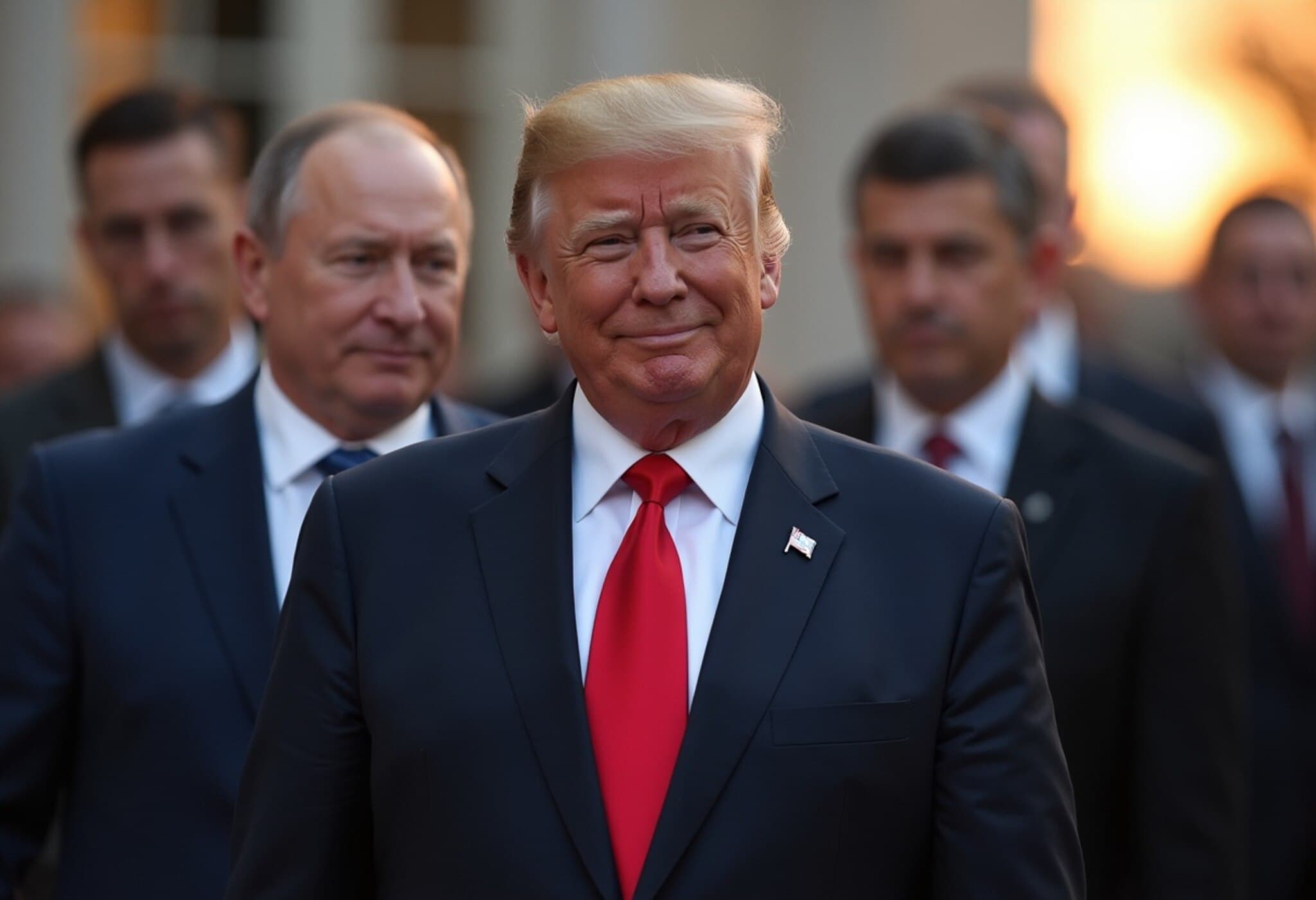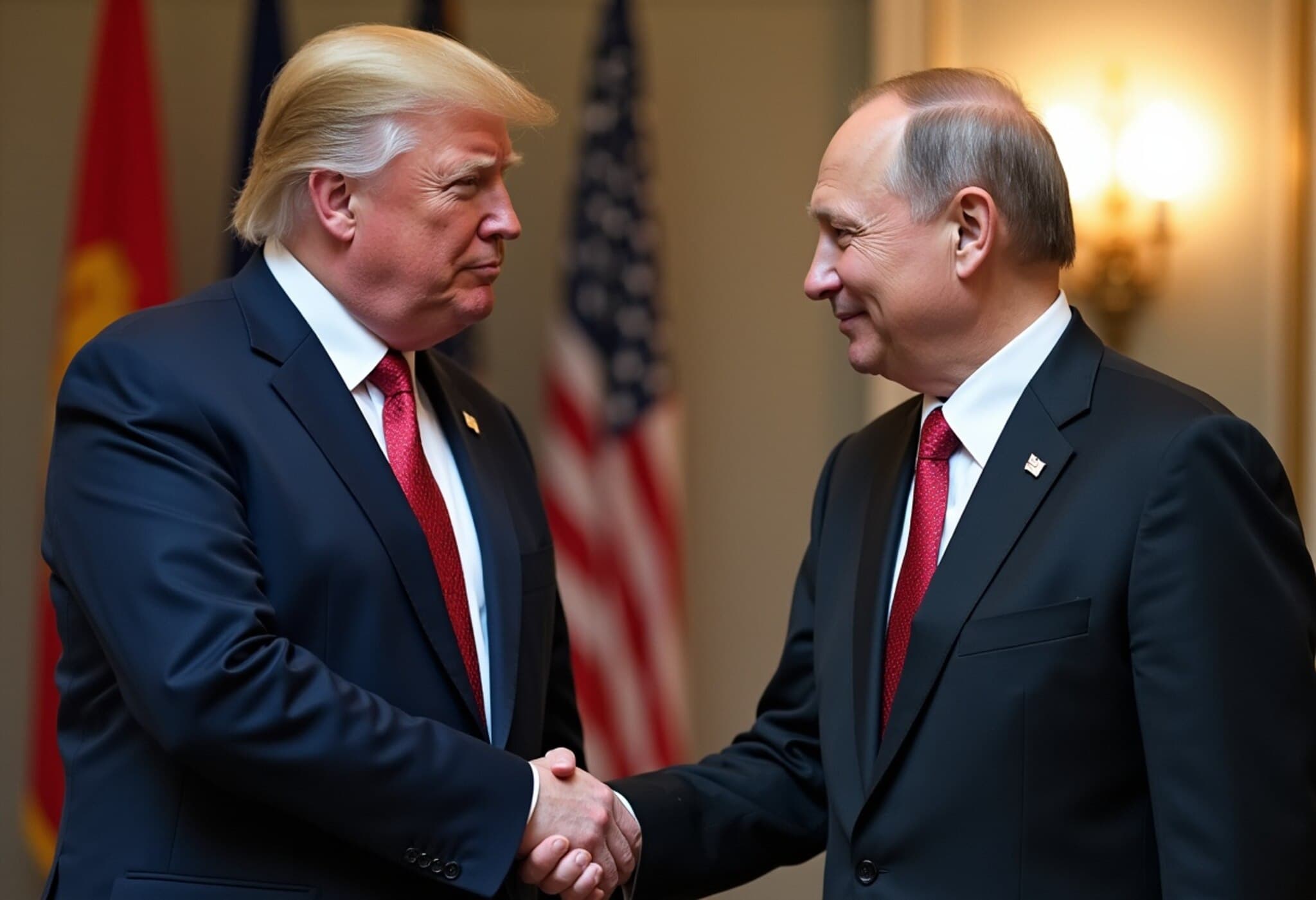Europe’s Unease Grows Following Trump-Putin Alaska Summit
European leaders are expressing deep concerns after President Donald Trump’s recent summit with Russian President Vladimir Putin in Alaska, which seemed to signal a softer US stance towards Moscow. The cordial tone with which Trump engaged Putin has sparked anxiety among European capitals, worried that Ukrainian President Volodymyr Zelenskyy may not receive equally supportive treatment during his upcoming meeting with Trump in Washington this Monday.
Strategic Moves to Fortify Kyiv’s Position
In a strategic response, European allies are mobilizing efforts to reinforce Ukraine’s diplomatic leverage. Reports reveal plans for Finnish President Alexander Stubb, a recognized interlocutor favorable to Trump, to accompany Zelenskyy to the White House. The goal is to harmonize European voices with Kyiv’s interests and to nudge Washington towards inclusive peace talks that acknowledge Europe’s stakes in the conflict.
Further enhancing this strategy, NATO Secretary-General Mark Rutte, known for his rapport with Trump, may also join the delegation. This move aims to underline the unity among Western allies and to present a united front ahead of potentially delicate negotiations.
Expert Analysis: European Concerns Highlighted
Camille Grand, former senior NATO official and current European Council on Foreign Relations expert, commented, “The Alaska summit’s outcome has unsettled Europe. Trump appeared to align substantially with Putin’s narrative, a development that risks sidelining Kyiv’s position. While not a total breakdown, the meeting’s tone alarms European policymakers who now seek to avoid a repeat scenario with Zelenskyy’s visit.”
Trump’s Shifting Position: Implications for Peace Prospects
Trump’s evolving stance adds complexity to the diplomatic landscape. Initially critical of Russia, he softened his approach around the Alaska summit, dropping immediate sanction threats and calling for a comprehensive deal that echoes Kremlin rhetoric. This pivot has raised eyebrows across Europe and Ukraine, where officials fear that Putin’s international legitimacy was bolstered without concrete steps toward ending the conflict.
Behind the scenes, European diplomats voice unease. One official stated, “The concerns have persisted this year, and the Alaska meeting failed to alleviate them. Europe worries about the direction Washington is headed.”
What’s at Stake in Monday’s Meeting?
- Ukraine’s sovereignty: Ensuring that any negotiations do not implicitly reward territorial incursions by Russia.
- Western unity: Preserving a coherent, collaborative stance among NATO and EU members in support of Kyiv.
- Peace framework: Pushing for an inclusive peace process that meaningfully involves all key stakeholders, including European allies.
Looking Ahead: The Road to a Durable Resolution
Monday’s White House talks represent a critical juncture in the Ukraine conflict’s diplomatic efforts. The presence of European leaders alongside Zelenskyy could reinforce demands for a fair, transparent negotiation process. It also reflects Europe’s commitment to safeguarding its security interests and the principles of territorial integrity established by international law.
This dynamic underscores a broader geopolitical reality: effective peacebuilding in Eastern Europe hinges not just on US-Russian dialogues but on a multilateral approach that elevates Ukraine’s voice and secures European security architecture.
Editor’s Note
As global eyes focus on the forthcoming summit, critical questions loom. Will the US reaffirm its commitment to Ukrainian sovereignty amid pressures for rapprochement with Russia? Can Europe’s push for a united front influence the trajectory of peace talks? And how might these diplomatic maneuvers shape the broader geopolitical balance in the transatlantic alliance? Understanding these unfolding developments is vital for grasping the future of European security and international conflict resolution.


